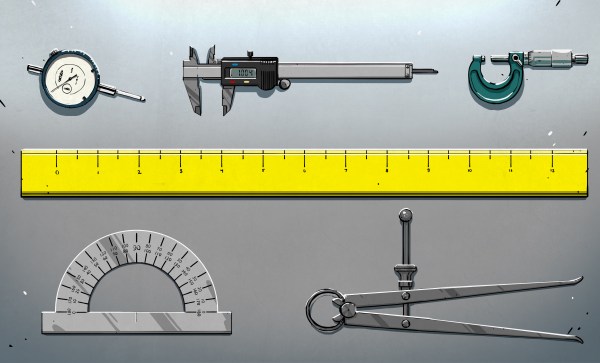My first encounter with C++ was way back in the 1990s, when it was one of the Real Programming Languages™ that I sometimes heard about as I was still splashing about in the kiddie pool with Visual Basic, PHP and JavaScript. The first formally standardized version of C++ is the ISO 1998 standard, but it had been making headways as a ‘better C’ for decades at that point since Bjarne Stroustrup added that increment operator to C in 1979 and released C++ to the public in 1985.
Why did I pick C++ as my primary programming language? Mainly because it was well supported and with free tooling: a free Borland compiler or g++ on the GCC side. Alternatives like VB, Java, and D felt far too niche compared to established languages, while C++ gave you access to the lingua franca of C while adding many modern features like OOP and a more streamlined syntax in addition to the Standard Template Library (STL) with gobs of useful building blocks.
Years later, as a grizzled senior C++ developer, I have come to embrace the notion that being good at a programming language also means having strong opinions on all that is wrong with the language. True to form, while C++ has many good points, there are still major warts and many heavily neglected aspects that get me and other C++ developers riled up.
Continue reading “Dearest C++, Let Me Count The Ways I Love/Hate Thee”

















